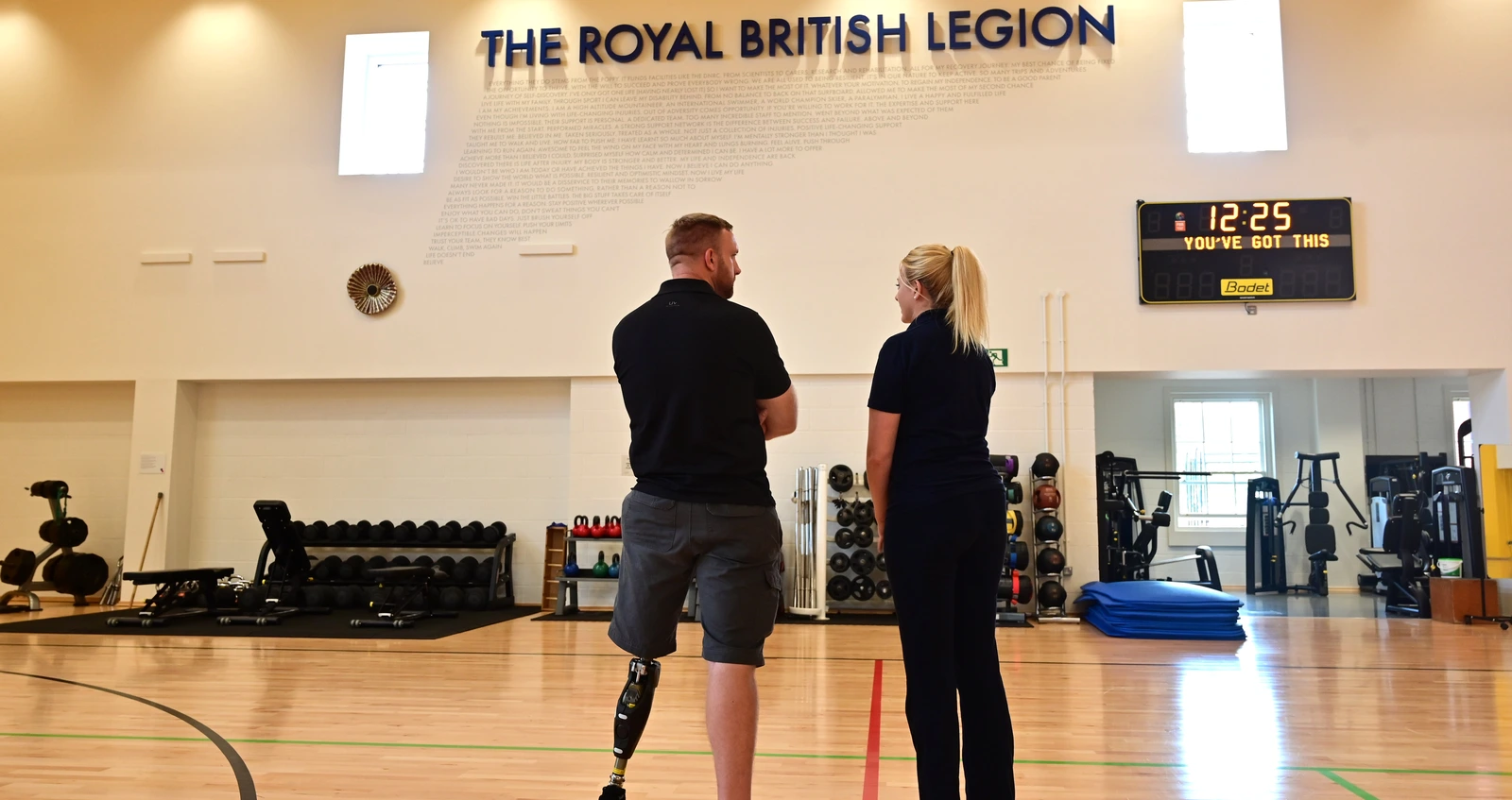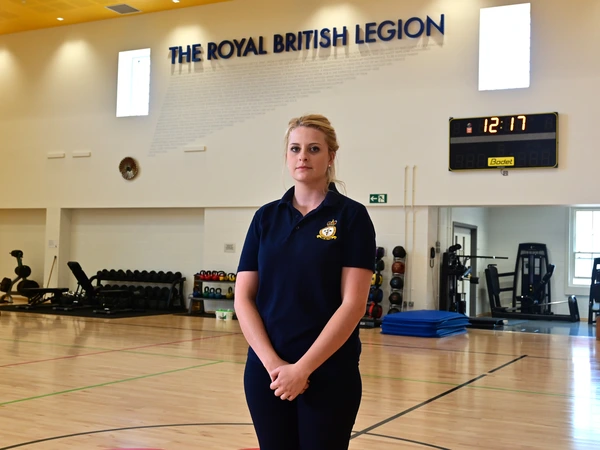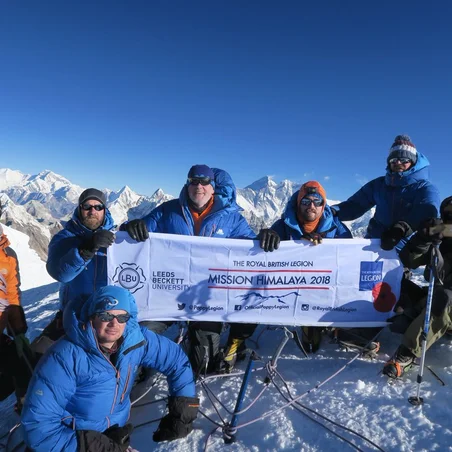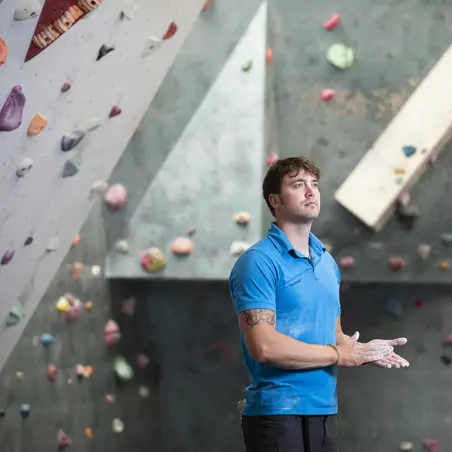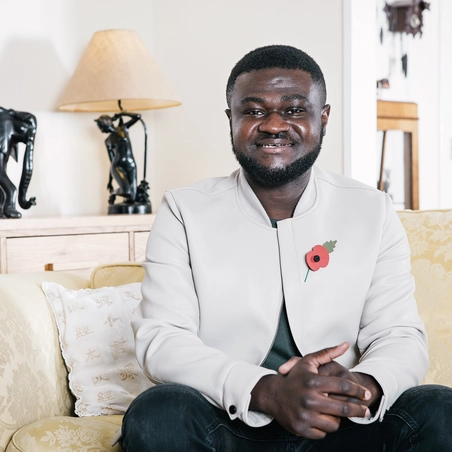The Defence Medical Rehabilitation Centre, known as ‘DMRC Stanford Hall’, has been part funded by RBL and is officially open to patients.
The state-of-the-art Ministry of Defence clinical rehabilitation facility, provides expert care and support for wounded, injured and sick Armed Forces personnel.
With your help, we provided funds to build the Royal British Legion Complex Trauma Gym at the centre; the largest of the DMRC’s indoor spaces. Here, patients with complex injuries are able to focus on regaining mobility, fitness and independence.
As part of our commitment to support service personnel in leading dignified and fulfilled lives, the RBL Complex Trauma Gym demonstrates how your donations can make a huge impact in helping those from suffering major trauma or injury in service. The
gym will be at the heart of patients’ recovery and rehabilitation, meeting all exercise therapy needs, and run by an expert team of MoD physiotherapists and specialists.
The DMRC has replaced the original rehabilitation centre at Headley Court, Surrey.
Based at Stanford Hall near Loughborough, it will provide world-class rehabilitation facilities including advanced specialist care for amputations, serious or multiple fractures, muscular damage, spinal injuries and more.
DMRC Stanford Hall
“We see a real mix of patients from amputees to spinal cord injury patients, to those injured on duty, and those injured in unfortunate accidents whilst they're off duty."
The complex trauma gym will enable the DMRC team to provide patients with everything they need to support them on their journey – whether it’s returning to service or transitioning to civilian life and a new career. Serving members of the Armed Forces are then referred to recovery centres as part of their individual recovery plan.
“The DMRC is like no other place. We obviously have Personnel Recovery Units where patients can go for shorter term rehabilitation, but here at the DMRC there's a bit more of a family feel as a lot of patients come for a longer period of time,” Sarah says.
“They come for several admissions and they get a wide range of specialties and a bigger team to deal with all of their injuries, which means they get a bit more of a holistic treatment all under one roof.
“They also get the benefit of talking amongst themselves with other patients going through similar situations, in similar circumstances. And we can really help them with that transition, should they be leaving the service, back into civilian life. Within some of the other specialties we have, vocational occupational therapy and occupational therapy as well.
“I think it's really important that we rehabilitate our patients to the best of their ability. Post injury and in a facility like this gives us the opportunity to do this. And having the equipment we do from the aquatic centre to the gyms to the outdoor experience, it really gives us the opportunity to rehabilitate our patients across a range of environments, get them outdoors, get them moving, get them back to things that they will do in the community and back to work as well.”
Andy Barlow
Adam Nesbitt
The Royal British Legion Complex Trauma Gym received its first patients towards the end of 2019. A giant poppy adorns the centre of the wheelchair basketball court floor and on the wall is a mural made up of the words former rehabilitation patients form Headley Court, like Andy Barlow, inspiring future generations of patients. These words spring from a brass poppy, which is made from a mix of WW1 and Afghanistan era shell casings and has a core made from soil retrieved from Headley Court.
If you’re looking to be referred to a centre, we’d recommend speaking to your Unit Welfare Officer if you are serving with a unit, or your Personnel Recovery Officer if you have been assigned to a Personnel Recovery Unit.


